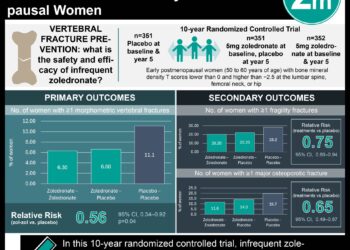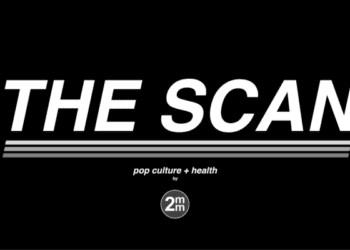An analysis of soccer-related injuries in emergency departments
1. From 1990 to 2014, the annual rate for soccer-related injuries increased by 111.4% in children 7 to 17 years of age.
2. The most common injuries were sprains/strains, fractures, soft tissue injuries, and concussions, while the most common location of injuries included the upper extremity, ankles, and head/neck.
Evidence Rating Level: 2 (Good)
Study Rundown: According to a 2014 estimate of more than 3 million players registered nationally, soccer is one of the most popular team sports in the United States, particularly among children. This represents a 90% increase from 1990. However, there is a scarcity of published data regarding soccer-related injuries in children. This is the first study to comprehensively investigate soccer-related injuries and calculate injury rates based on national survey data. By retrospective analysis, results of this study indicate that from 1990 to 2014, the annual injury rate increased by 111.4% in children 7 to 17 years of age. Upon further analysis, 72.7% of injuries were patients aged 12 to 17 years old, and the majority of patients were male. The most common mechanisms for injury were being struck and falling. The most common injuries were sprains/strains, fractures, and soft tissues injuries. The most common locations of injuries were upper extremity, ankles, and head or neck. One limitation of this study is the inclusion of cases seen in emergency departments only, underestimating the total number of injuries. Severity of injury data was not available, nor was gender-specific injury data. Despite these limitations, the implications of this study are vast. The increase in number of children enrolling in soccer yields an increase in the number of injuries, as demonstrated by this large study. This highlights the need to increase preventative measures.
Click to read the study, published today in Pediatrics
Relevant Reading: Emergency department visits for concussion in young child athletes
In-Depth [retrospective cohort]: Data in this study was obtained from the National Electronic Injury Surveillance System (NEISS). Participants included 2 995 765 (95% CI, 2,309,112–3,682,418) children 7 to 17 years old treated in emergency departments across the country for soccer-related injuries from 1990 to 2014. The highest number of injuries occurred at the ages of 14 and 15 (mean = 13.2) years. The majority of injuries occurred at a sports/recreation facility (68.5%) and at school (25.7%). In regards to injury trends from 1990 to 2014, the annual rate of soccer-related injuries increased by 78.4%-111.4%, primarily due to an increase in concussions/closed head injuries after 2008. The most common mechanisms of injury were being struck (38.5%), falling (28.7%), and twisting (12.8%). The majority of injuries were diagnosed as sprains/strains (34.6%), fractures (23.2%), soft tissue injuries (21.9%), and concussions (7.3%). Patients 12-17 years of age were more likely to suffer a concussion than any other age group (RR = 1.44, 95% CI, 1.31–1.58). Patients 7 to 11 years of age were more likely to sustain a fracture (RR = 1.34,95% CI, 1.29–1.39). The most commonly injured body locations were upper extremity (20.7%), ankle (17.8%), head or neck (17.7%), and knee (11.2%).
Image: PD
©2015 2 Minute Medicine, Inc. All rights reserved. No works may be reproduced without expressed written consent from 2 Minute Medicine, Inc. Inquire about licensing here. No article should be construed as medical advice and is not intended as such by the authors or by 2 Minute Medicine, Inc.






